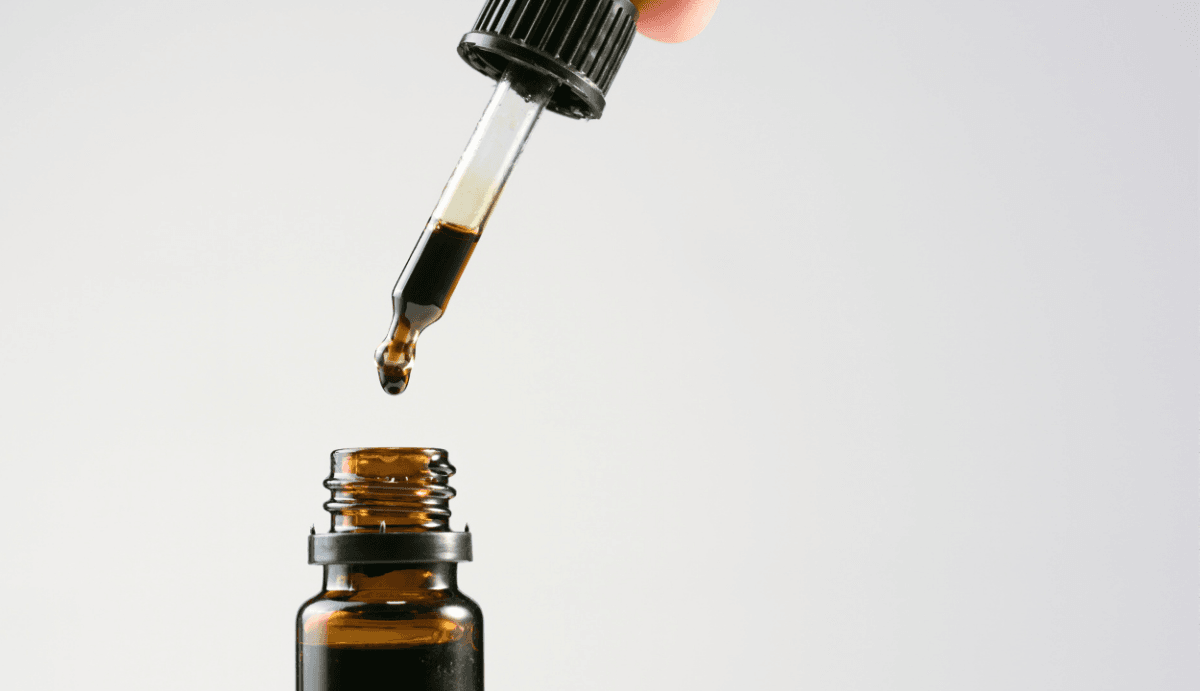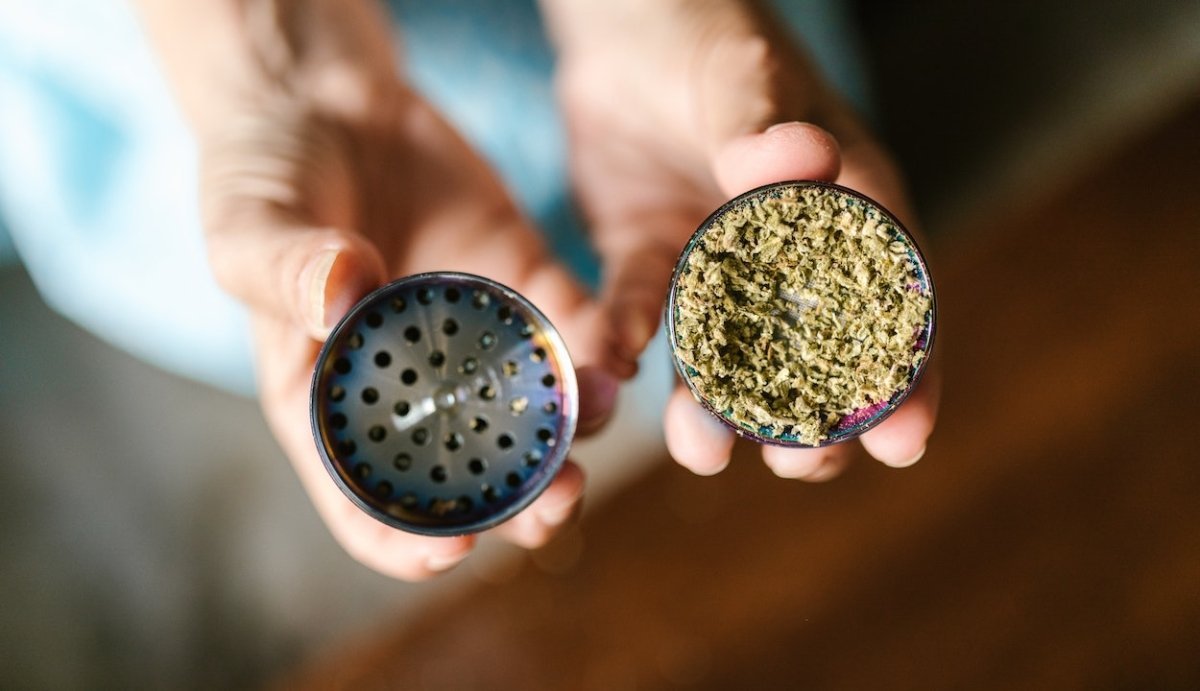Your Cart is Empty
FREE SHIPPING ON ALL ORDERS $75+
With all the hype surrounding CBD, it's easy to write it off as just another snake oil marketing ploy. But CBD doesn't claim to perform miracles, it's just thought to mimic our own biology.
Still, CBD’s effects aren’t as simple as one-off medications that control pain or specified sleep medications that help you rest. Instead, preliminary research suggests that CBD may pose a wide range of potential benefits like enhancing mood, managing inflammation and discomfort, and improving sleep.
All these benefits can make it even more confusing to understand CBD’s effects and how it affects the body.
So, how does CBD work to provide the wide range of benefits that have earned it so much hype?
We'll start from the top:
Table of Contents
The Endocannabinoid System in the Body
How CBD Interacts with the ECS
Endocannabinoid Deficiency
How is CBD Absorbed?
Does All CBD Work the Same?
Resources
In 1988, researchers conducting a government funded study at the St. Louis University School of Medicine stumbled upon a system of receptor sites in the brain that interact with the compounds naturally found in cannabis.
These receptors, called “cannabinoid receptors” were determined to be the most common type of neurotransmitter found in the brains of all mammals, acting as part of a system, later named the “Endocannabinoid System (ECS).”
The Endocannabinoid System is a complex cell-signaling system made of neurotransmitters (called endocannabinoids), neuroreceptors, and a set of enzymes responsible for breaking down the endocannabinoids.
The ECS extends throughout the entire body, including in both the central and peripheral nervous systems and in the immune system.
Although the Endocannabinoid System was discovered in 1990, we still have a lot to learn about how it functions. Still, we know that it plays a large role in regulating a number of bodily functions.
In fact, research suggests that the Endocannabinoid System may help regulate mood, temperature, appetite and digestion, immune functions, reproduction and fertility, cardiovascular system functions, and more. Experts now believe that the main goal of the Endocannabinoid System is to help the body maintain homeostasis.
When the body experiences stimuli that interrupts homeostasis, such as an injury, it releases endocannabinoids to try to soothe the imbalance and return the body to a healthy state. CBD is similar in structure to these endocannabinoids, which is why it may interact with the Endocannabinoid System to help moderate its effects.

Endocannabinoids, or the “messengers” of the endocannabinoid system, are produced naturally by the body on demand. The two most prominent of these endocannabinoids are 2-arachidonoylglycerol (2-AG) and anandamide.
They bind to or interact with endocannabinoid receptors. The two most abundant endocannabinoid receptors are the CB1 and CB2 receptors.
CB1 is the most prominent endocannabinoid receptor found in the nervous system, and CB2 the most prominent endocannabinoid receptor found in the immune system.
THC, the most abundant phytocannabinoid in cannabis, is known to interact with both CB1 and CB2 receptors directly. In fact, most phyto- and endocannabinoids are known to bind directly with both of these main endocannabinoid receptors.
CBD, however, has a less direct interaction that researchers are still working to understand. Some research suggests that CBD may bind with CB1 and CB2 receptors, but only in very low concentrations. Instead of directly binding with these receptors, we now know that CBD acts indirectly on the receptor sites, augmenting their ability to bind with other cannabinoids
For this reason, CBD may reduce some of the effects of THC, potentially by limiting THC’s ability to bind with CB1 and CB2 receptors.
However, CBD is thought to interact with the body in several other ways that may explain the variety of potential benefits, like by boosting endocannabinoid levels, improving the body’s ability to process cannabinoids, or interacting with other non-cannabinoid receptors and ion-channels (the channels responsible for regulating ion flow in and out of cells and regulating cell volume in the body).
When CBD enters the body, it must be broken down by the same enzymes necessary to break down endocannabinoids. Overall, CBD may reduce these enzyme levels, reducing the rate at which endocannabinoids are deleted from the body and potentially increasing natural endocannabinoid levels.
In fact, it’s been suggested that an increase in cannabinoids (like when you ingest CBD) may actually stimulate the growth of new endocannabinoid receptors, leading to increased sensitivity to cannabinoids. That means that taking CBD may actually enhance your body’s ability to absorb CBD over time.
Some of the research that dives into CBD’s anti-anxiety potential suggests that the cannabinoid may bind with 5-HT1A receptors. This receptor, which is known for its role in binding with serotonin, has a hand in a wide range of biological processes, like influencing anxiety, addiction, appetite, sleep, pain perception, and nausea.
Research has shown that CBD may activate another non-cannabinoid receptor, the PPARs (peroxisome proliferator activated receptors) that help regulate activity from the surface of the cell’s nucleus. Activation of PPARs has been linked to anti-proliferative effects that may help inhibit, and even reverse tumor growth.
PPAR activation also helps to reduce amyloid-beta plaque that has been linked to the progression of Alzheimer's disease. For this reason, CBD is being researched for its potential as a treatment for Alzheimer’s.
On the other end of the spectrum, CBD may also act as an antagonist that blocks GPR55 receptors, which are abundant in the brain. One study suggests that the GPR55 activation is linked to cancer cell proliferation, while other sources have linked GPR55 signaling to bone reabsorption, or osteoporosis.
Because CBD may block the activation of GPR55 receptors, it may be able to help prevent certain conditions, but researchers are still working to understand the full potential of this function.
CBD that isn’t used by the body may be stored in the body’s fat where it can be later accessed when the body needs. The body may need extra cannabinoids to promote balance within the endocannabinoid system when it is disrupted by stress, illness, injury, or other events.
This is believed to be similar to the way that THC builds up in the body’s fat stores because THC and CBD are both fat soluble, but more evidence as to how this works for CBD is needed.
Cannabinoid research has recently been geared towards explaining why CBD may be beneficial in the case of so many different ailments, particularly many chronic conditions. One popular theory that cannabinoid researchers are working to expand suggests that many of these conditions are linked to a condition called “endocannabinoid deficiency.”
Just like it sounds, endocannabinoid deficiency refers to low endocannabinoid levels. The theory suggests that a lack of endocannabinoids in the body can cause the Endocannabinoid System to malfunction, leading to adverse reactions that may become chronic.
Low endocannabinoid levels have been found in patients suffering from a variety of ailments, like irritable bowel disease, migraines, fibromyalgia, and multiple other treatment-resistant conditions.
Subsequently, many of these conditions often respond well to high-quality CBD doses, and researchers believe that CBD may play an important role in managing endocannabinoid deficiency. Current research is mostly inconclusive, but there are many ongoing and future research efforts aimed at uncovering CBD's full potential.
In order for CBD to take effect within the Endocannabinoid System, it must first be absorbed through the body and carried to the bloodstream. For research purposes, CBD is frequently given in intravenous doses, but this is by far the least common method of delivery.

Of the many types of CBD available, they all focus on three main absorption methods, including topical, inhalation, and oral.
Topical products are absorbed by the endocannabinoid receptors found in the skin and almost instantly reach the bloodstream. Inhaling CBD, like when you use a CBD vaporizer, works similarly with the endocannabinoid receptors in the lungs, and the effects are equally as fast acting.
Oral dosing is split into two categories—sublingual doses and digested doses. Sublingual products, like CBD tinctures, focus on the sublingual gland under the tongue, where CBD can also be absorbed into the bloodstream quickly.
Digested doses, like from CBD edibles, must pass through the digestive process before they reach systemic circulation. This means that they may take longer to take effect.
However, CBD edibles may pose a few extra benefits. Aside from potentially storing excess CBD in the body's fat storage for later use, many people also suggest that CBD edibles have longer lasting effects.
Understanding how CBD works in the body can be confusing, but what's even more confusing is navigating the highly unregulated hemp market. In hemp, a CBD molecule is a CBD molecule, but the integrity of a CBD product directly depends on the quality of the manufacturing process.
Manufacturers who cut corners may use cheap cutting events, synthetic cannabinoids, and other harmful additives in their "CBD products."
Although the industry's current regulations are lax, many brands take extra steps to ensure the purity and potency of their products to consumers.
For instance, industry leading brands use careful extraction methods, like CO2 or ethanol extraction, as well as various refinement methods to ensure that the final product is free of solvents, pesticides, and plant material that can alter the taste and potency of each product.
The key defining factor is that high-quality CBD products are backed by third-party lab tests that provide information to confirm the product's label, like the cannabinoid profile and potency. Lab tests may also verify the absence of contaminants like mold, pesticides, heavy metals, and more.
Comments will be approved before showing up.



